In the production process of high-end electronic products, laser processing has played a significant role in optimizing the volume and improving the quality of the product, making the product lighter, slimmer, and more stable.
At present, laser precision welding is mainly used in the housing, shielding cover, USB connector, conductive patch, etc. of electronic products. It has small thermal deformation, precise controllable area and position, high welding quality, can realize the welding of dissimilar materials, and is easy to realize Advantages such as automation. But when welding different materials, different welding methods need to be adopted.
Based on the results of many experiments, Chuangxin laser welding engineers concluded in the production and manufacturing process of consumer electronics, which method should be used for laser precision spot welding of different materials such as high-reflective materials, metal sheets, and dissimilar materials. Produce the best welding effect.
1. Laser precision spot welding of high reflective materials
When welding high-reflection materials such as aluminum and copper, different welding waveforms have a great influence on the welding quality. The laser waveform with pre-spike can break through the high reflectivity barrier. The instant high peak power can quickly change the state of the metal surface and increase the temperature to the melting point, thereby reducing the reflectivity of the metal surface and improving the energy utilization rate. In addition, due to the fast heat conduction speed of materials such as copper and aluminum, the appearance of the solder joints can be optimized by using the slow-down waveform.
On the other hand, the absorptivity of gold, silver, copper, steel and other materials decreases with increasing wavelength. For copper, when the laser wavelength is 532nm, the absorptivity of copper is close to 40%. In addition, by using infrared lasers and green lasers to perform pulse spot welding on copper, it can be found that the size of the solder joints after infrared laser welding is inconsistent (Figure 1), while the size of the solder joints of the green laser is more uniform, the depth is consistent, and the surface is smooth (Figure 1). 2). Therefore, the welding effect of the green laser is more stable, and the required peak power will be more than half lower than that of the infrared laser.
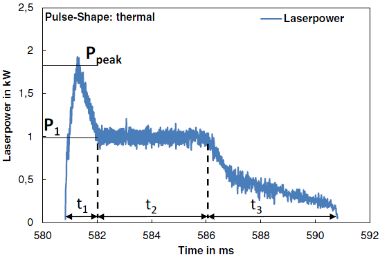
▲Peak waveform

▲Welding effect at 1064nm wavelength (Figure 1)

▲Welding effect at 532nm wavelength (Figure 2)
2. Laser precision spot welding of metal sheet materials
When traditional pulsed lasers are welding thin metal plates, the materials are easily broken down and the solder joints are relatively large. However, due to their own instability and the low absorption rate of the laser in the solid state of high-reflectivity materials, there are often bursts and virtual welds during welding. Phenomena such as welding. In order to solve the difficulties in welding thin plates and high-reflective metals, the fiber laser QCW/CW mode is respectively modulated by analog and digital, and N pulse output can be realized once triggering, and single-point multi-pulse welding can be realized with a smaller power.
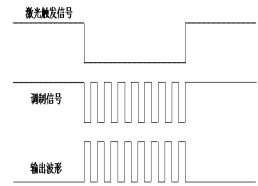
▲Modulation method
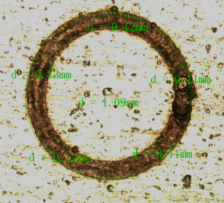
▲Surface forming of high frequency pulse spot welding
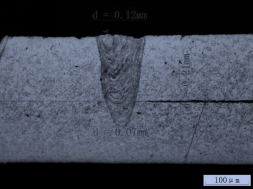
▲Weld section
3. Laser precision spot welding of dissimilar materials
When laser welding thin plates of dissimilar materials, problems such as false welding, cracks, and low connection strength are very easy to occur. This is due to the large difference in physical properties between the two, low mutual solubility, and it is easy to generate brittle compounds. These compounds make the mechanics of the welded joints. Performance is greatly reduced. The high-beam quality nanosecond laser is selected through the high-speed scanning method to precisely control the heat input to inhibit the formation of intermetallic compounds, realize the overlapping of dissimilar metal sheets, and improve the weld formation and mechanical properties.

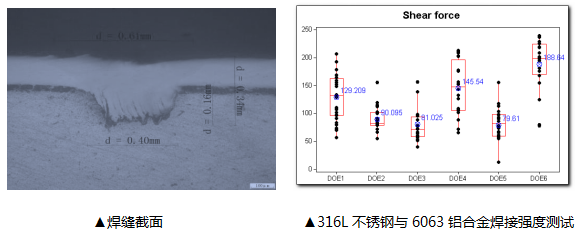
MAX Laser's quasi-continuous fiber laser and MOPA pulse width adjustable pulse fiber laser have the advantages of high beam quality, high peak power, adjustable and controllable, etc., becoming ideal light sources for laser precision spot welding.
4. Laser used
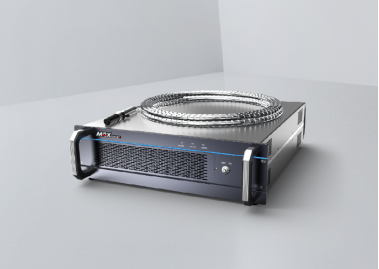
▲150W/1500W quasi-continuous fiber laser
The product has multiple compatibility and control modes, can switch between pulse and continuous modes, and can handle the processing tasks of two different lasers at the same time. The pulse width and waveform are flexible and adjustable, air-cooled heat dissipation, and the electro-optical conversion rate is more than 30%. It is a long pulse. Another choice for wide, high peak power applications.
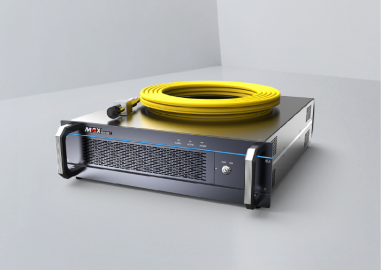
▲120W MOPA pulsed fiber laser with adjustable pulse width
The pulsed fiber laser with adjustable pulse width adopts MOPA to construct two-stage amplification, and the pulse width and frequency are independently adjustable, making more laser applications possible. The pulse width is flexibly adjustable from 60 to 350ns, the peak power is up to 10kW, and the repetition frequency is up to 1000kHz. It is equipped with an independent research and development on-line isolator, which is an ideal laser source for laser fine processing.


















